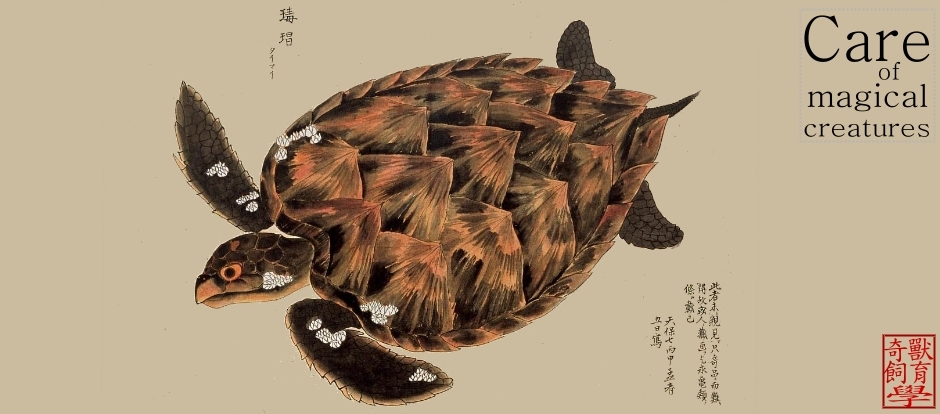 文獻來源: Adriaens D, Geerinckx T, Vlassenbroeck J, Van Hoorebeke L. 2009. Extensive Jaw Mobility in Suckermouth Armored Catfishes (Loricariidae): A Morphological and Kinematic Analysis of Substrate Scraping Mode of Feeding. Physiological and Biochemical Zoology 82(1):51–62. 2009. DOI: 10.1086/594378
文獻來源: Adriaens D, Geerinckx T, Vlassenbroeck J, Van Hoorebeke L. 2009. Extensive Jaw Mobility in Suckermouth Armored Catfishes (Loricariidae): A Morphological and Kinematic Analysis of Substrate Scraping Mode of Feeding. Physiological and Biochemical Zoology 82(1):51–62. 2009. DOI: 10.1086/594378Abstract
Loricariidae, or suckermouth armored catfishes, possess upper and lower jaws that are ventrally oriented and that bear teeth that touch the substrate from which algae and other food items are scraped. The ventral orientation and the highly specialized morphology of the jaws, characterized by protrusible upper jaws and left‐right decoupled lower jaws, are observed in Pterygoplichthys disjunctivus, the species investigated here. Kinematic data of the scraping feeding movements, obtained by external high‐speed and x‐ray recordings, are used to quantify jaw movement, especially to test for upper jaw mobility and versatility during substrate scraping. Our results show that the mobility of the jaws is indeed high compared with what is standard for catfishes. The upper jaw's ability to perform a substantial degree of rostrocaudal movement is quite unique for catfishes. The ventromedially oriented lower jaws, with the teeth and the coronoid process at opposite sides, display an extensive mobility: they rotate around the suspensorial articulation and around their longitudinal axis, resulting in an extended scraping movement and thereby covering a large surface area. The lower jaws also show a left‐right asymmetry in their movements during scraping. Thus, our results suggest that the extreme morphological specializations of the jaws in loricariid catfishes are linked to an increased mobility and functional versatility, allowing these animals to efficiently scrape algae from substrates with irregular surfaces.
延伸閱讀: 鯰魚如何從吸食, 舔食變成刮食?
圖片連結: planetcatfish
